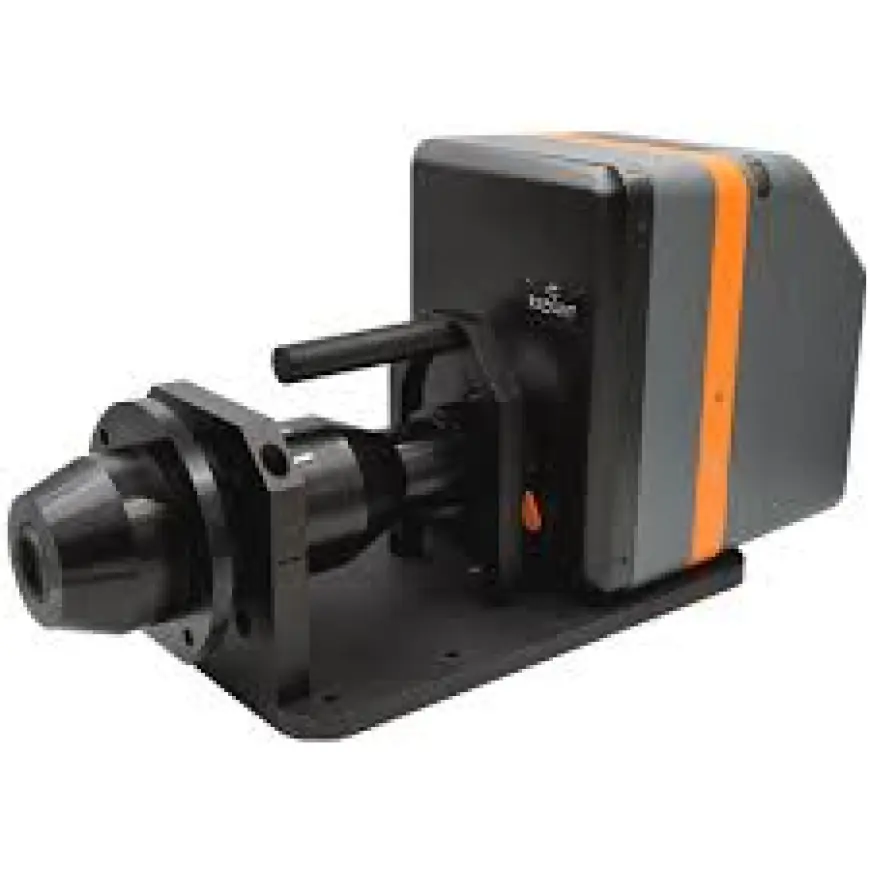How a Conoscope Lens Enhances Optical Inspection: Working, Applications & Benefits
Discover how a conoscope lens works, its key applications in display and optical inspection systems, and the top benefits of using conoscope lenses in modern optics.

A conoscope lens is an essential component used in advanced optical systems to analyze angular distributions of light. It plays a crucial role in various inspection and testing applications, especially in the display industry, where accurate light measurement is critical. Engineers and researchers rely on these lenses to visualize light behavior across different angles for quality control and performance evaluation.
In this article, we will explain how a conoscope lens functions, its core applications, benefits, and why it is an indispensable tool in high-precision optical testing.
What Is a Conoscope Lens?
A conoscope lens is a specialized optical element designed to convert angular light information into spatial patterns. This conversion allows a flat camera sensor or detector to analyze the angular characteristics of emitted or transmitted light from a surface. This process is called “Fourier imaging,” often used in optical metrology and display testing.
Conoscope lenses are often integrated into imaging systems to evaluate light intensity, uniformity, and angular emissions from displays or light sources.
How Does a Conoscope Lens Work?
The core principle behind a conoscope lens is based on the transformation of angular light emissions into a parallel beam. This light is then projected onto a sensor, forming a pattern that can be analyzed. The resulting image shows how the light is distributed across different angles, allowing researchers to detect inconsistencies, defects, or distortions.
This function is particularly valuable in analyzing LCDs, OLEDs, and other flat-panel displays where light performance must meet strict quality standards.
If you want to explore real-world applications of a conoscope lens, manufacturers offer precision options that support high-resolution and wide-angle measurements.
Key Applications of Conoscope Lenses
Conoscope lenses are used in various industries and research fields. Here are some of the most popular applications:
1. Display Testing
Used to measure the viewing angle, brightness uniformity, and color performance of displays like LCD, OLED, and microdisplays.
2. Optical Metrology
Applied in systems requiring Fourier-space imaging to analyze the light field or surface characteristics of materials.
3. Photonic Device Inspection
Ideal for evaluating waveguides, diffraction gratings, and other micro-optical devices.
4. Research & Development
Often integrated into lab setups for angular light distribution studies and custom optical analysis projects.
Benefits of Using Conoscope Lenses
A conoscope lens provides several benefits that make it a preferred choice for professionals working in optical quality control:
-
High Angular Accuracy: Captures precise angular light patterns.
-
Compact Setup: Simplifies the design of complex measurement systems.
-
Non-Contact Measurement: No need for physical contact with the surface under inspection.
-
Real-Time Analysis: Enables quick, live evaluation of light behavior.
-
Versatile Integration: Compatible with various imaging systems and cameras.
By using a conoscope lens, optical engineers can ensure their products meet tight standards and improve manufacturing efficiency.
What to Look for When Buying a Conoscope Lens
When selecting a conoscope lens, consider the following:
-
Field of View (FOV): Make sure the angular range meets your testing needs.
-
Resolution: Higher resolutions provide more detailed pattern analysis.
-
Compatibility: Ensure it fits your existing camera or sensor system.
-
Optical Coatings: Anti-reflective coatings improve image clarity and reduce ghosting.
Also, look for options that offer stable optical alignment and durable construction, especially for industrial or repetitive testing use.
Conclusion
A conoscope lens is a powerful optical tool that translates angular light data into actionable insights. It is widely used in display testing, optical metrology, and photonic inspections due to its accuracy, speed, and ease of integration. Whether you're in a research lab or a manufacturing unit, investing in the right conoscope lens can elevate the precision of your light analysis and ensure product quality.
If you're considering enhancing your optical system with cutting-edge components, don't overlook the value of a high-quality conoscope lens. It can make all the difference in detecting faults, optimizing performance, and maintaining quality assurance across your product line.
What's Your Reaction?
 Like
0
Like
0
 Dislike
0
Dislike
0
 Love
0
Love
0
 Funny
0
Funny
0
 Angry
0
Angry
0
 Sad
0
Sad
0
 Wow
0
Wow
0


















































